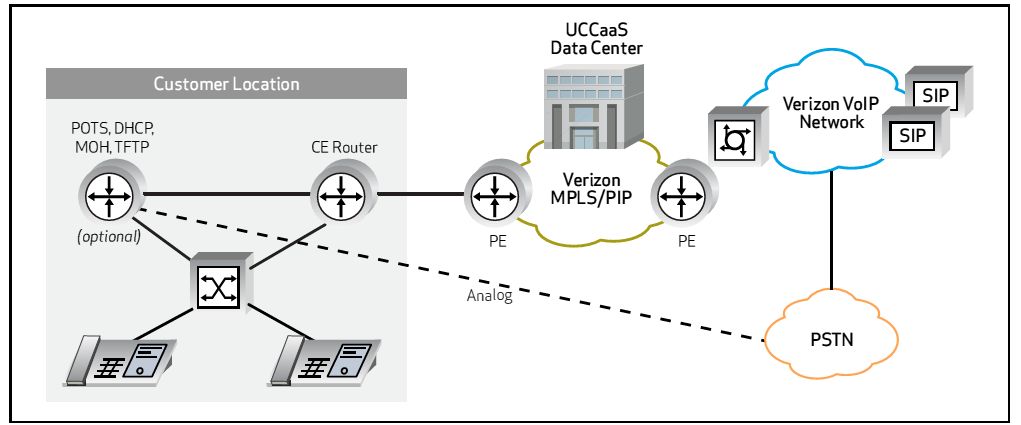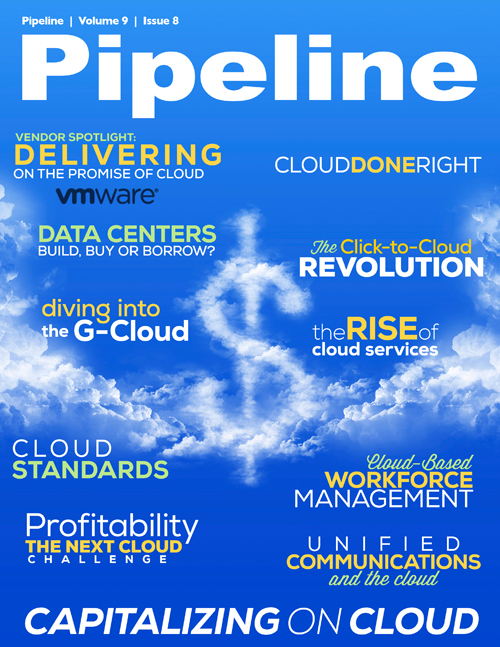The Business Case for Cloud-based Unified Communications
While many CSPs already offer UC&C to their business customers as a managed or hosted service, there is no reason that a cloud-delivered variant, even if it originates from outside the CSP, should be viewed as a competitive threat. Instead, the cloud is like Miracle-Gro — an additive that accelerates development.
As with many other hot topics in information technology, Microsoft is at the center of this discussion. Microsoft Office is the de facto software suite used by the vast majority of business professionals, and Lync Server 2010, part of Microsoft Office 365, extends the capabilities of Office to include UC&C. Verizon recently bundled management of Microsoft Lync into its UC&C portfolio, presenting an excellent example of how the cloud and its partners can be rolled into a comprehensive portfolio that better serves the needs of a CSP’s business customers.
Verizon UC&C
In early November of last year Verizon launched its Managed UC&C for Microsoft Lync Server 2010 solution, which brought the company’s network assets and enterprise support experience to the Microsoft Lync platform. The end result: a powerful, reliable and well-managed UC&C solution for enterprise that also leverages the cloud and the ubiquity of Microsoft’s platform.
As many business customers have learned, Lync Server 2010 delivers an enhanced voice-and-video collaborative environment as well as cost savings and productivity improvements. On the other hand it’s complex and requires expertise to optimize the network.
“Customers really believe in Lync; they see the value. At the same time, they recognize that a Lync server is more complex to support,” says Bob Riley, senior consultant for Global UC&C Product Management at Verizon Enterprise Solutions. As a certified member of Microsoft’s Premier Support for Lync Partners Program, Verizon offers a level of expertise that is difficult to come by. This point is crucial: if an enterprise searches for managed Lync Server support, it will find “there aren’t many Lync experts” out there, according to Riley.
Beyond traditional voice, video, presence, and desktop solutions, the new offering can be combined with Verizon SIP Trunking with managed session border controllers (SBCs) to create a comprehensive, end-to-end UC&C infrastructure. The added value that a CSP such as Verizon brings to the table really sparkles when collaboration outside of the Lync network infrastructure is required, explains Riley. “You have got to make a call through the PSTN [public switched telephone network]. So what we can do is, through our IP trunking product we can bring in what we call [an] SIP trunk. It’s our way to deliver our telephony services or voice calling termination on the PSTN to a customer’s Lync Server infrastructure.”

Verizon UC&C with SIP Trunking
In keeping with the XaaS trend, Verizon labels its cloud-driven offerings “UC&CaaS,” or Unified Communications and Collaboration as a Service. It currently offers both Managed UC&C and UC&CaaS, but the line between the two is sometimes a bit blurry.
UC&C at Telenor
In December 2012 Telenor and Microsoft signed a global syndication agreement to merge their business collaboration and office solutions in the cloud, making Telenor one of the first telecom operators in the world to offer a telephony service within Lync Online from Microsoft Office 365. The services are launching this month in Norway.



















